New hydrogen storage material could enable smaller, cheaper, more energy dense systems for vehicles; Kubas binding
Green Car Congress
MAY 20, 2019
An international team of researchers, led by Professor David Antonelli of Lancaster University, has discovered a new material made from manganese hydride that could be used to make molecular sieves within hydrogen fuel tanks. The sieve works by absorbing hydrogen under around 120 atmospheres of pressure—less than a typical scuba tank.



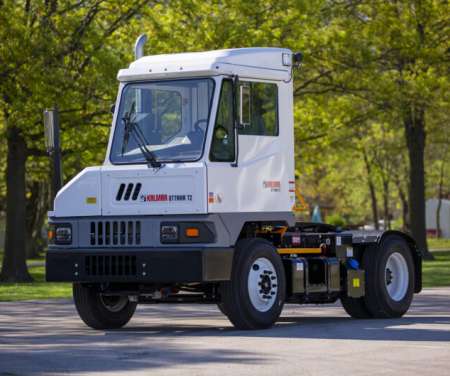
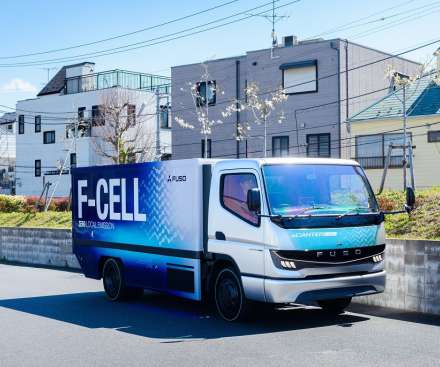


















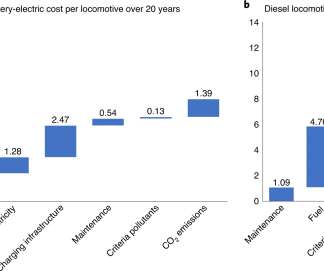

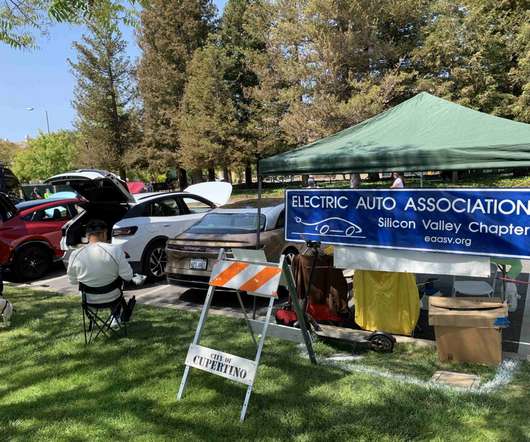


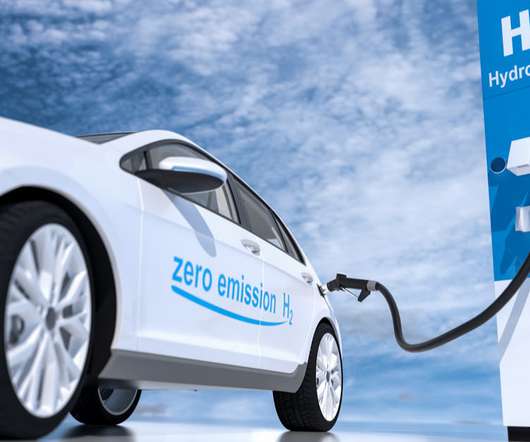
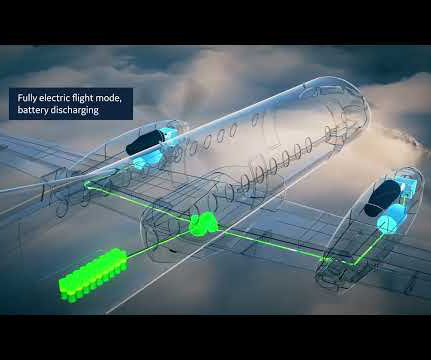











Let's personalize your content